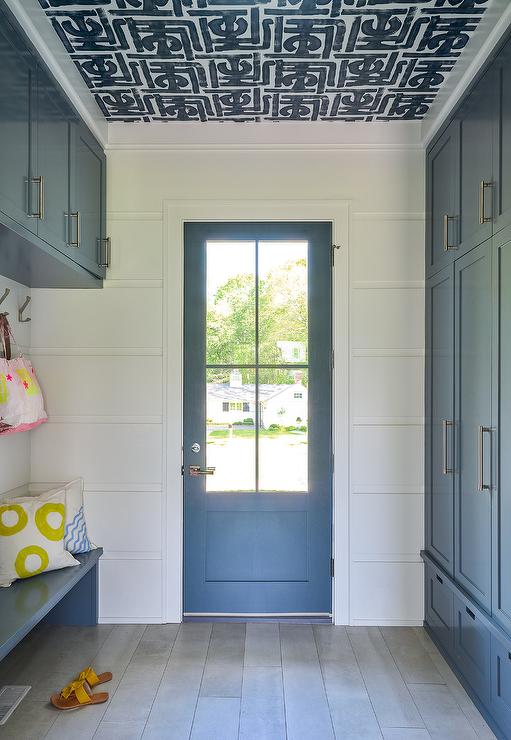Your Cart is Empty
Door Hardware Guide: Types, Functions & Where to Use Them
Choosing a finish is only half the story. This quick guide explains knobs vs. levers, locking vs. non-locking, and when to use dummy, passage, privacy, entry, handlesets, and deadbolts—plus a pocket door bonus.
Door Hardware Styles: Knobs & Levers
Door knobs are round/oval and work across interior and exterior doors in many finishes and profiles.

Door levers have a bar-shaped handle for a modern look and easier grip—great for accessibility.

Locking vs. Non-Locking Hardware
Simply put, locking sets use a key (exterior access) and non-locking sets don’t (interior convenience). You wouldn’t want keys to move room-to-room—so interior doors use dummy, passage, or privacy functions, while exterior doors use keyed entry, handlesets, and deadbolts for security.
Interior Door Functions (Non-Keyed)
Whether you choose a knob or a lever, interior hardware typically comes in three functions:
1) Dummy Knobs & Levers

What they are: Non-turning, surface-mounted pulls with no latch—think of them like a decorative handle.
Where they go: Pantry doors, linen closets, and French/double doors where one side is fixed. Shop dummy levers and dummy knobs.

2) Passage Knobs & Levers (Hall & Closet)

What they are: Latching but non-locking. Turn the handle to open; no privacy lock.
Where they go: Hallways, closets, utility rooms. Shop passage levers and passage knobs.

3) Privacy Knobs & Levers (Bed & Bath)

What they are: Lock from the inside via button or turn piece; no key. Emergency release hole on the outside.
Where they go: Bedrooms, bathrooms, water closets, home offices. Shop privacy knobs and privacy levers.

Exterior/Keyed Hardware
- Entry knobs & levers (keyed, often paired with deadbolt)
- Front door handlesets (decorative exterior grip + interior knob/lever + deadbolt)
- Deadbolts (single or double cylinder)
1) Entry Knobs & Levers

What they are: Keyed handles that lock the latch; often paired with a deadbolt or sold in combo packs for added security. Shop keyed entry levers and entry knobs.
Where they go: Exterior access points—front, back, garage, patio, cellar doors.

2) Front Door Handlesets

What they are: A coordinated set—deadbolt, exterior long grip, and interior knob or lever. Shop front door handlesets.
Where they go: Primarily front entries (including double doors where two sets may be needed), but customers also use them on patio or outbuilding doors.

3) Deadbolts
Single cylinder (key outside, thumb-turn inside) and double cylinder (key both sides).
Single Cylinder Deadbolts

Use with: Entry knobs/levers or handlesets for everyday exterior security. Shop single-cylinder deadbolts.
Note: We can key alike your entry sets and deadbolts so one key opens them all. Ask us!

Double Cylinder Deadbolts

What they are: Key required from both sides. Shop double-cylinder deadbolts.
Where they go: Select applications needing extra security (e.g., doors with nearby glass). Always follow your local residential codes and safety guidelines.

Bonus: Pocket Door Hardware
Pocket/sliding door hardware is designed for doors that retract into a wall or slide past an opening.
Sliding Door Cup Pull

This mudroom uses a glass-paneled pocket door with a black round passage cup pull.

Passage Pocket Door Lock
Non-locking pull for a door that slides into the wall; great for closets. Example: round passage pocket lock.

Privacy Pocket Door Lock
Includes an interior lock for bathrooms/bedrooms with sliders. Example: matte black privacy pocket lock.

Need a Hand? More Helpful How-Tos
Questions? Chat with us or email support@doorcorner.com. Our family is happy to help you choose the right interior and exterior hardware.




